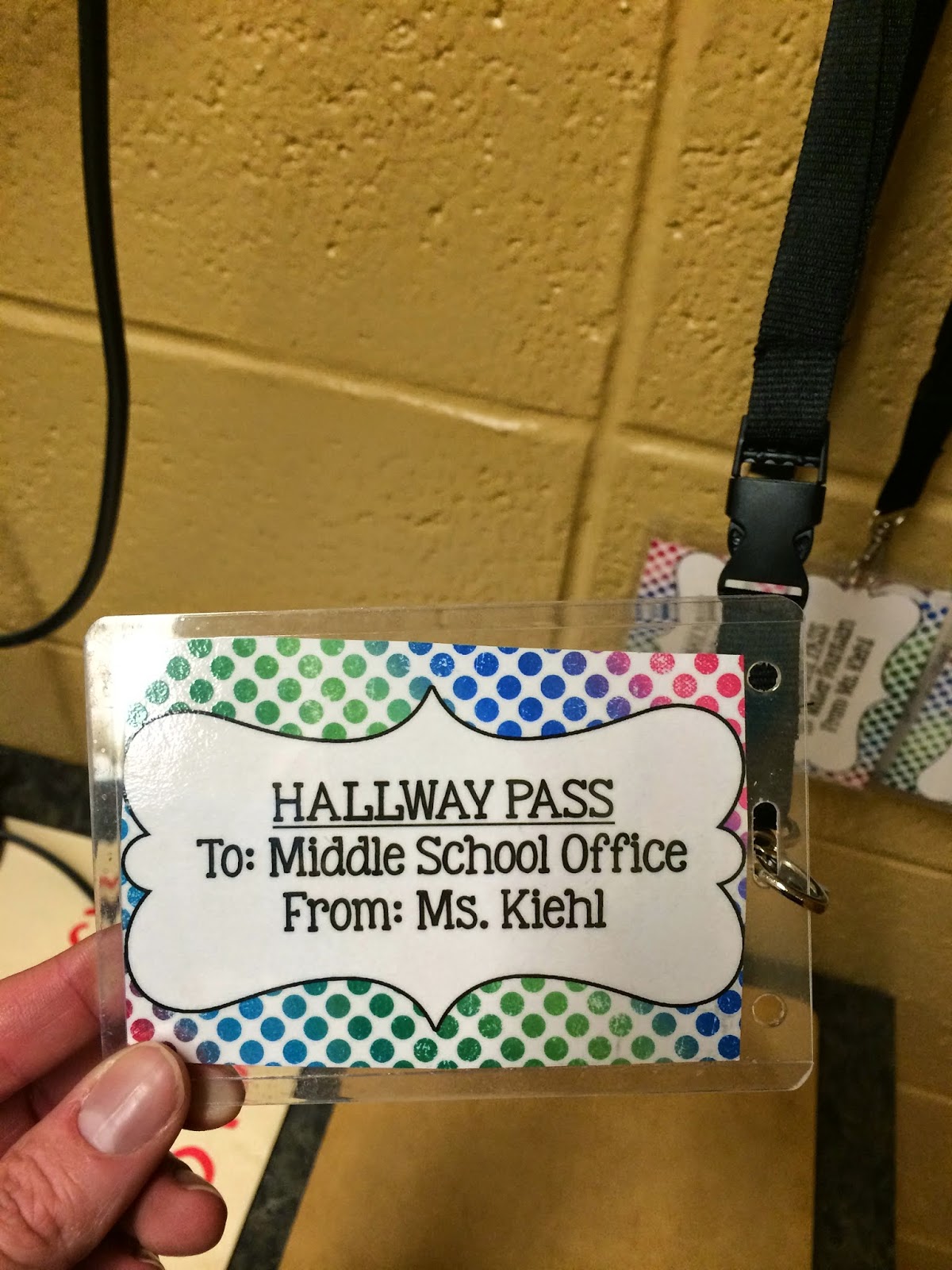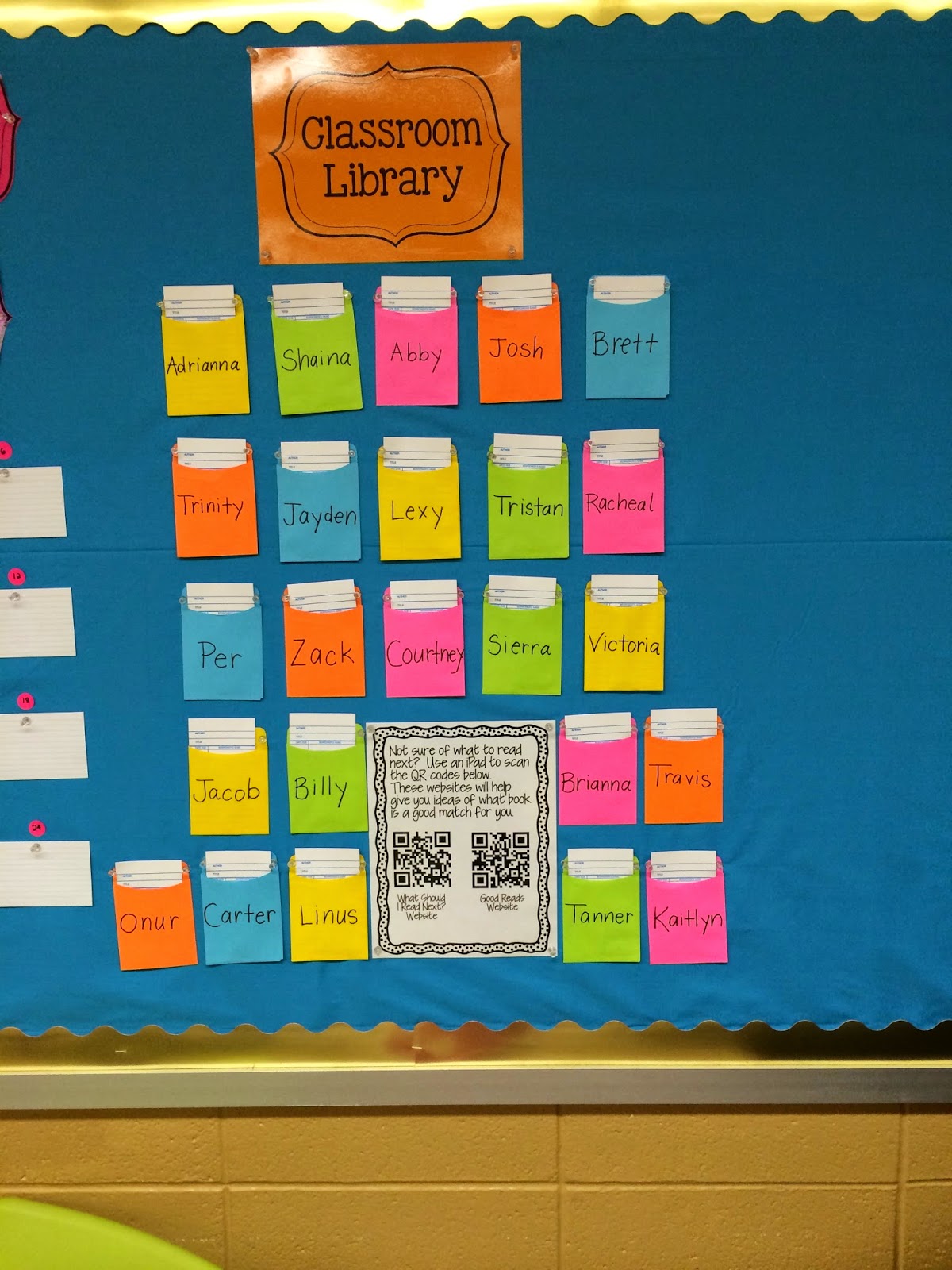Welcome to a sneak peek inside the walls of my classroom. Since becoming a middle school literacy coach, I have always maintained teaching one class per day. This is a non-negotiable for me. I don’t consider myself a reliable instructional/literacy coach of any kind if I can’t practice what I preach. I’ve team-taught in the same classroom for an entire year and also taught my class in someone else’s classroom for an entire year. Therefore, it had been over two years since I’ve been able to walk into a classroom and call it my own. When our district’s referendum passed last year, I knew with us adding brand-new science classrooms there would be the potential for me to get my own classroom. When my principal offered me the classroom with no windows, a severe heating issue, and no plan for what furniture would be available to fill it, I snatched it up without thinking twice and began plotting what it was going to look like. Getting this news was like a dam bursting because two years of using other teachers’ classrooms, hours upon hours of Pinterest searching, and the reading of dozens of educational blogs had my mind filled with a million things I wanted to do with my new classroom. I’m very excited to reveal to you the final product below and explain to you why I made the choices I did when constructing my classroom.
There are “comfy item” stations throughout the classroom for students to sit and read/write in during the application portion of the minilesson. I have developed a schedule so that each of my students gets one day per week with having a comfy item. Comfy items in my classroom are stationary, meaning my students cannot move them to wherever they’d like to sit, they must stay in their designated area. You can also see the genre posters I have developed in the picture above. These are located near the classroom library and prompt students through questions they may have when determining what genre their books are.
Right next to the door, I have a sign-out area where students check out if they leave class for any reason. They must wear the appropriate lanyard in the hallway once they check out.
Here is my check-out system for our classroom library this year. Students simply write the title of the book they’re checking out on their designated card and cross it out once they’ve returned the book.
I have two new designated areas in my classroom that I have never tried before: “Work it Out with a Partner” and “Ask the Expert.” These are options available to students during independent reading/writing time when I am working with small groups of students during guided reading/guided writing. I do not allow any talking unless they are in a designated area asking focused questions about that day’s minilesson application. This has been one of my favorite things I have implemented. I will blog more about it later.
The back of my classroom is labeled so that students have access to classroom materials, rubrics, passes, etc. I have found labeling frees me up to answer questions about content and gives the students ownership in the classroom.
This is my desk area. I’ve included a picture of it to show how little space I, as the teacher, am taking up. I am constantly getting comments about how big my classroom is in comparison to other teachers’ classroom. What’s funny about this is I measured several other classrooms and mine is the same size in comparison. I think this illusion has a lot to do with the “teacher area” taking up so little of the room, freeing up a ton of space for students.
Here is my guided reading/literature study/guided writing area this year.
There is a bulletin board designated to students writing.
This is the first thing students see when walking into my classroom outside of the door. I am diligent about filling it out daily so that students know what is expected for them to have out when class starts.
Well there you have it! My classroom in a nutshell. I can’t wait to share more with you about the amazing things that have been happening with my students this school year. If you love the signs, labels, and bulletin board ideas and want to re-create this look in your classroom, swing on by my TpT store and check-out my newest product Signs, Labels, and Bulletin Boards for a Balanced Literacy Classroom.















